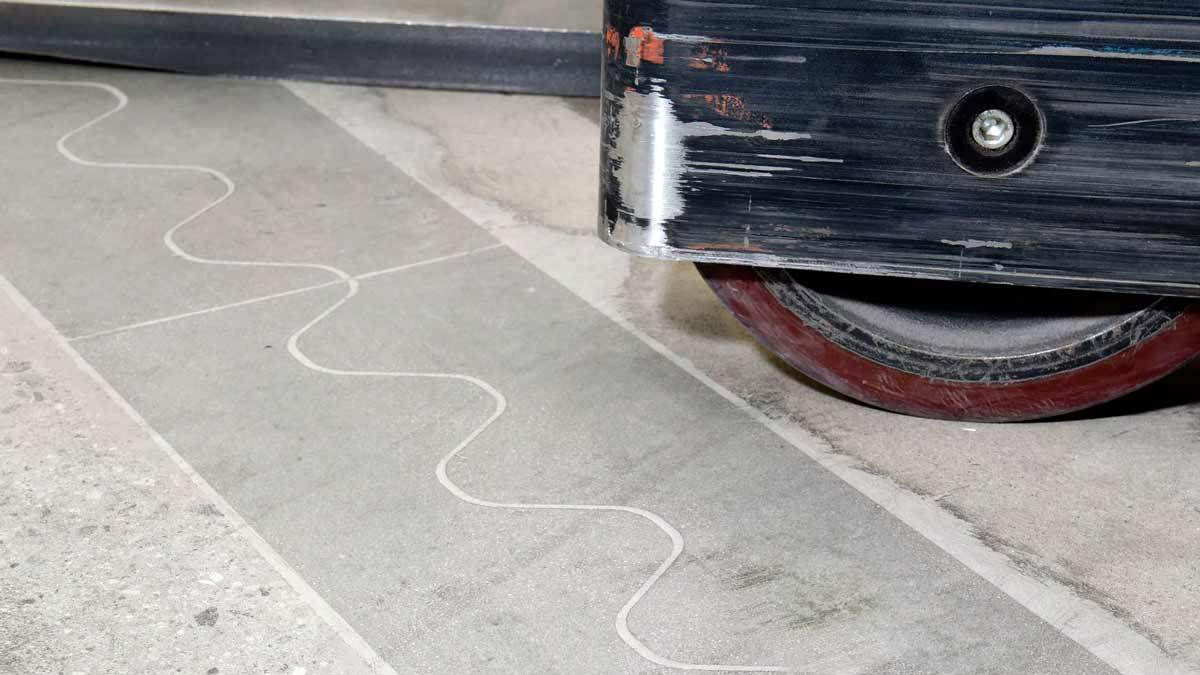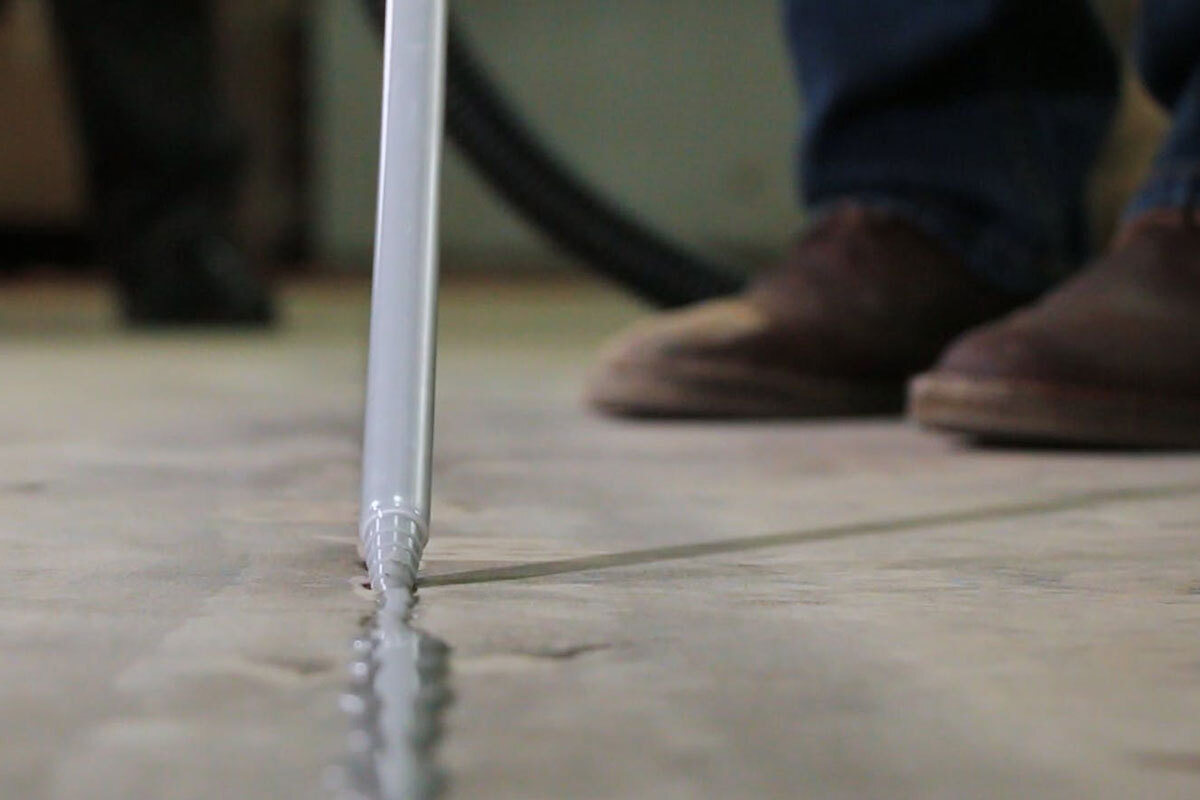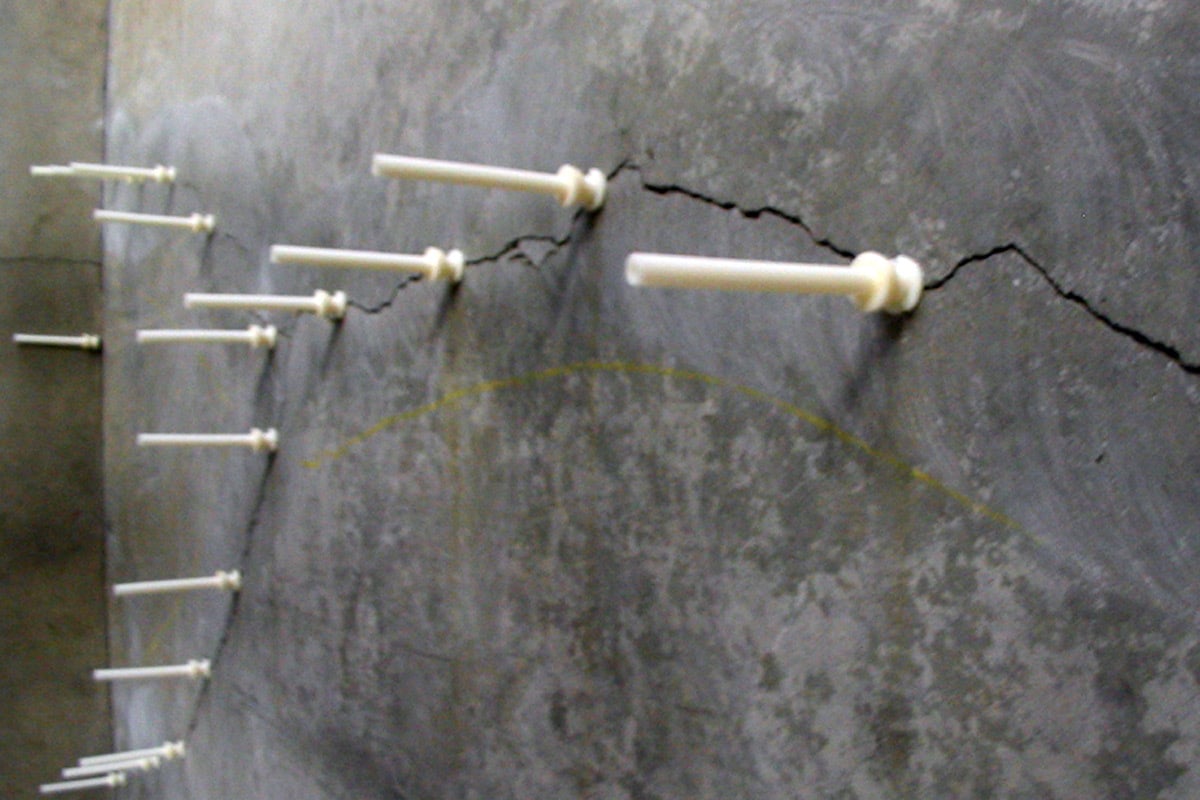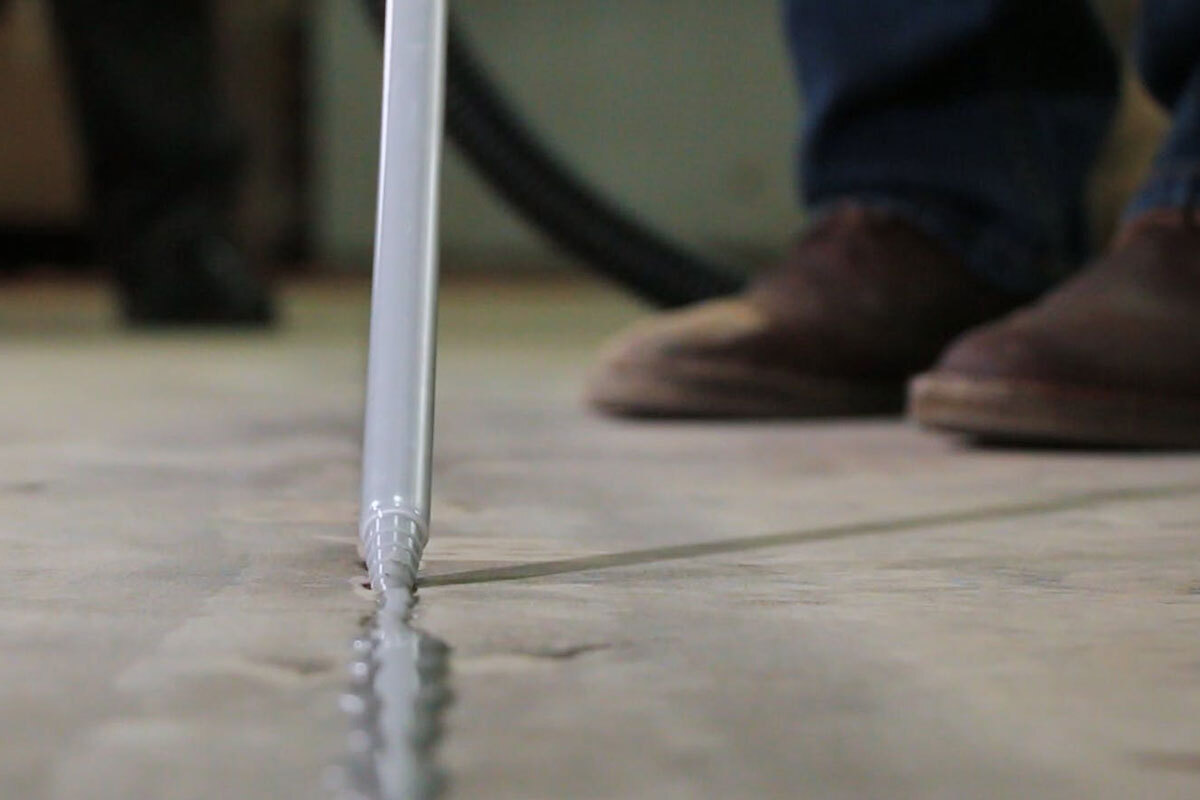Reduce SLU Scheduling Headaches and Labor
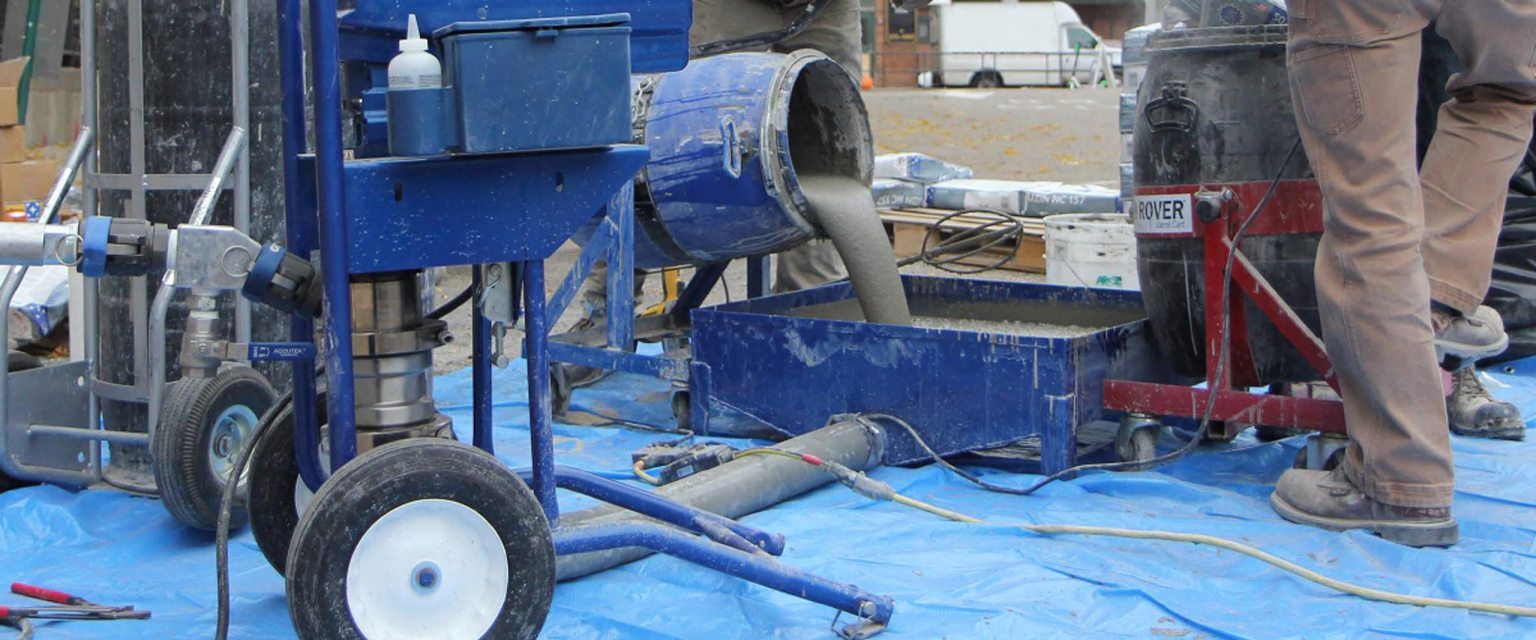
Reduce SLU Scheduling Headaches and Labor
Owners, designers and general contractors demand high quality, along with rapid installation. For contractors installing self-leveling underlayment (SLU), this means new approaches are needed to complete work faster and more efficiently.
With ever-growing pressures to complete buildings on tight schedules, flooring and subflooring contractors often feel pinched from multiple sources. Modern flooring materials such as tiling and the associated adhesives are advancing to dry faster than before, and various construction trades demand access to rooms sooner. Owners, designers and general contractors demand high quality, along with rapid installation. For contractors installing self-leveling underlayment (SLU), this means new approaches are needed to complete work faster and more efficiently. Pumping of SLU can help address these challenges.
Traditionally, concrete underlayment installation has relied heavily on manual processes. Water and cement-aggregate compounds are mixed in large barrels, typically using drills equipped with paddles. The barrels are wheeled to the desired location, and the mixture is poured and distributed manually. After each batch is placed, the process is repeated and another batch is placed adjacent to the previous batch. For larger jobs, this process makes it difficult to maintain a “wet edge,” a necessity for a homogeneous pour.
The manual process is also labor intensive, requiring more people for larger jobs. Significant coordination is needed to clear the work area and time batch placement for proper curing and access.
A New Approach
With SLU pumping, scheduling challenges can be greatly reduced. Placement can generally be completed faster with fewer people. Since larger rooms do not necessarily require additional workers, these resources can be applied elsewhere on the project or on other projects.
Time savings begin with the material mixing process. Using combined mixing and pumping units, water can be mixed automatically with cement-aggregate compounds in prescribed amounts. SLU mixtures can be pumped up to distances of 300 feet and heights of 60 feet.
Alternatively, separate mixing and pumping units can be employed to generate higher volumes and pump greater distances. Using certain mixers and pumps, up to 300 50-pound bags of SLU compound can be mixed and pumped per hour, with pumping distances of up to 400 feet and heights of 150 feet.
Coordination of batch placement is another challenge greatly simplified with pumped SLU. Instead of manually placing batches that must be matched and tied together, pumped SLU can be placed in a more continuous manner, with multiple passes made in a zig-zag pattern. This enables workers to place SLU in widths of just a few inches at a time, or several feet at a time, while maintaining a “wet edge” and more continuity in the SLU layer.
Schedule-related challenges common to most construction projects will likely always be present. But employing the latest pumping technology in SLU placement can help address these challenges.
SLU Pumping vs Manual Placement
The pumping crew can mix and place approximately 200 sacks per hour. This equates to 1,300 sacks, or 32,500 square feet at ¼-inch thickness, for an average day of 6.5 hours of actual pumping.
The manual crew, at an average of five bags in 7 minutes per barrel, can mix and place 90 sacks per hour. This equates to 585 sacks, or 14,265 square feet at ¼-inch thickness for the same 6.5 hours of pumping.
Excerpts from an article by Danny Carrillo, who is the western Demo Specialist for Graco Toughtek.







